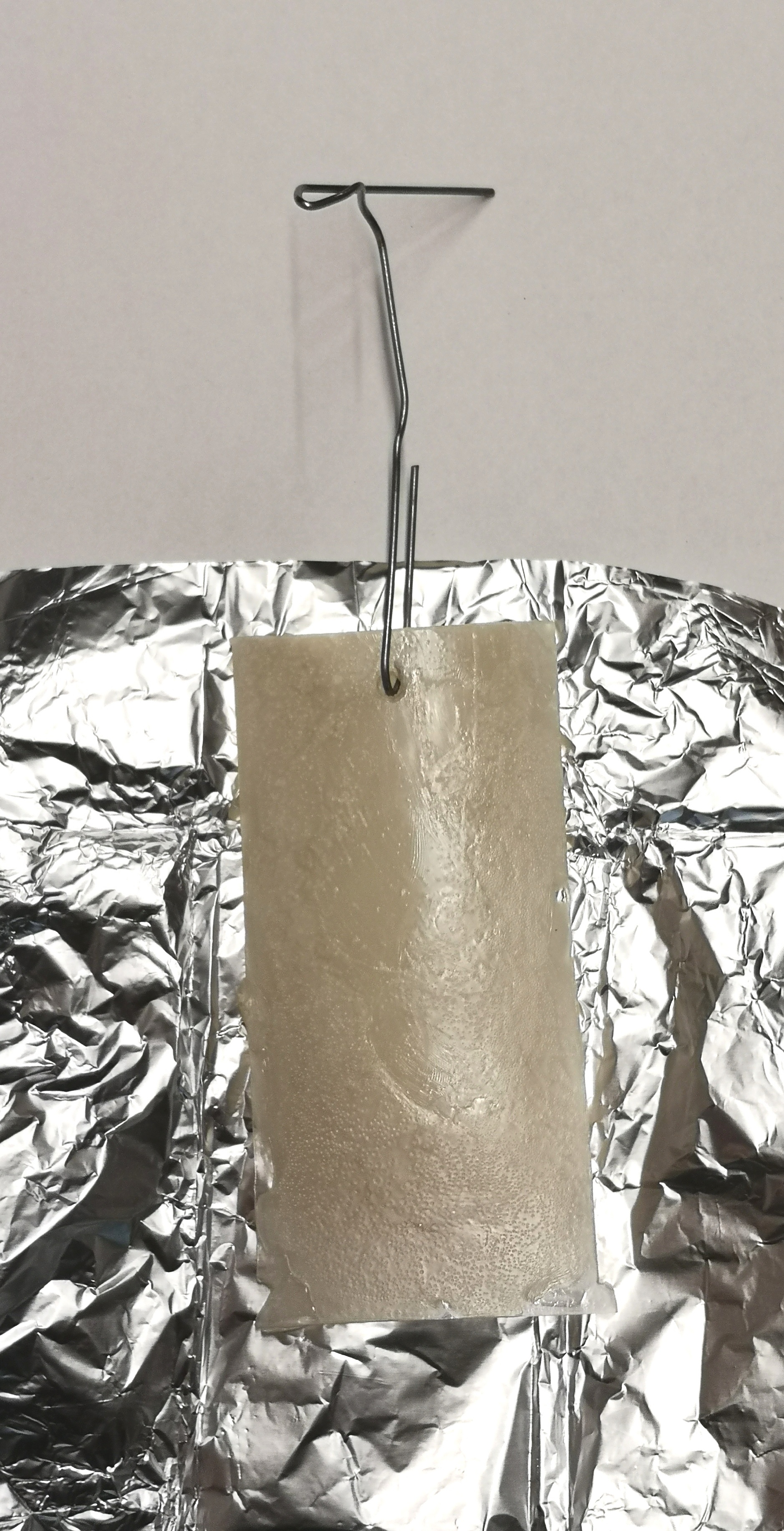The beehold tubes are used to sample substanced from bees entering the hive. They are placed for two weeks at the hive entrance of colony 1 and 3 with different adaptors (colony 1, colony 3).
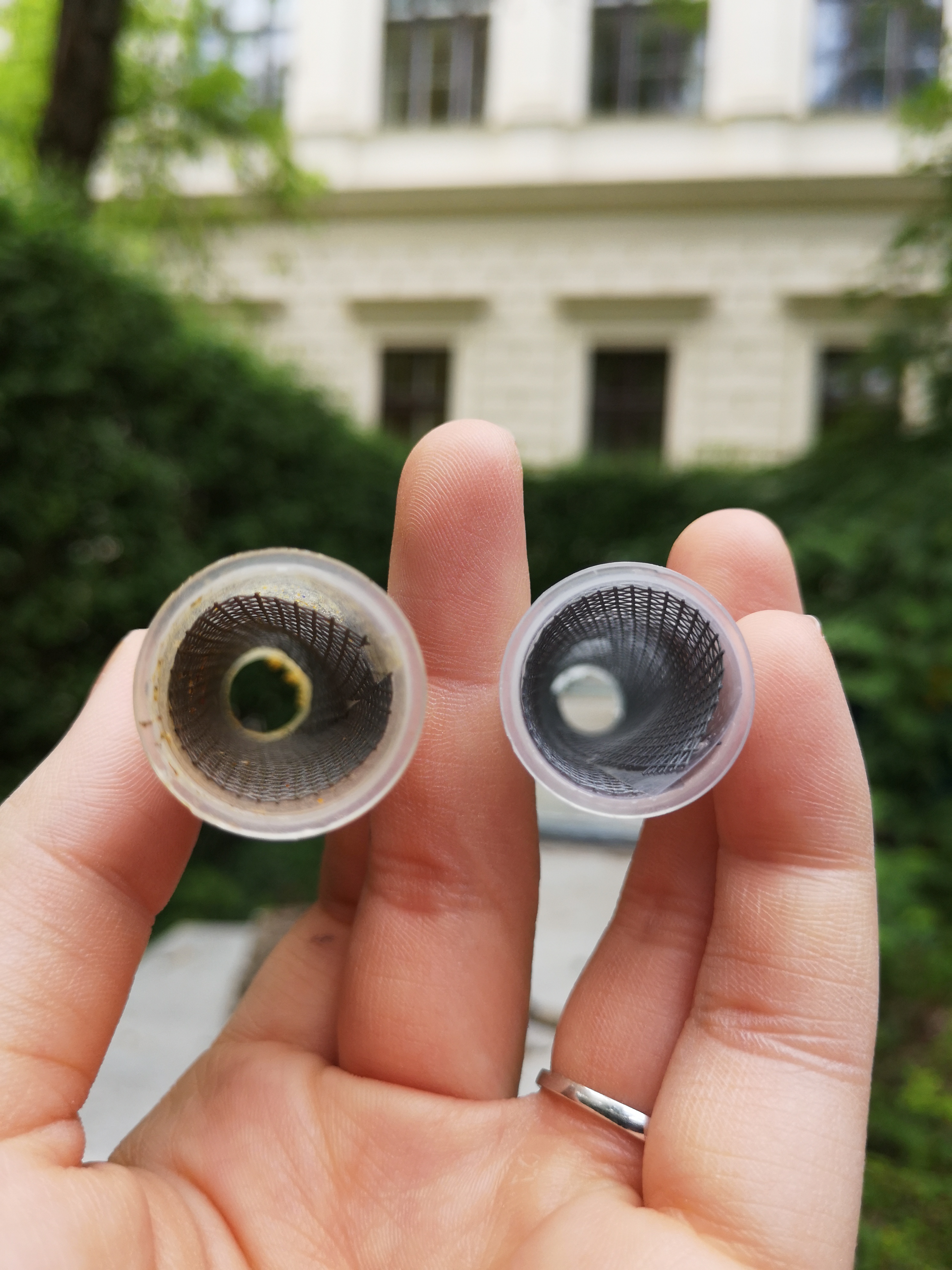

PREPARATORY ACTION FOR MONITORING OF ENVIRONMENTAL POLLUTION USING HONEY BEES
The beehold tubes are used to sample substanced from bees entering the hive. They are placed for two weeks at the hive entrance of colony 1 and 3 with different adaptors (colony 1, colony 3).

The first official sampling period is right around the corner, so it is time to talk about the sampling procedures in detail. Citizen scientists sample beebread from colony 1 and colony 3. Originally, the idea was to use a specially developed and homemade so-called “beebread collector” to collect the beebread. Nevertheless, in the last few weeks we concluded that simple straws cut in pieces are a better solution. They are even cheaper than the BB-collector, disposable (no exchange of diseases or pesticides) and easier in handling. The aim is to sample in total 3 g of beebread per colony, which is equivalent to 60 cells or about 5 cm of beebread in the straws.
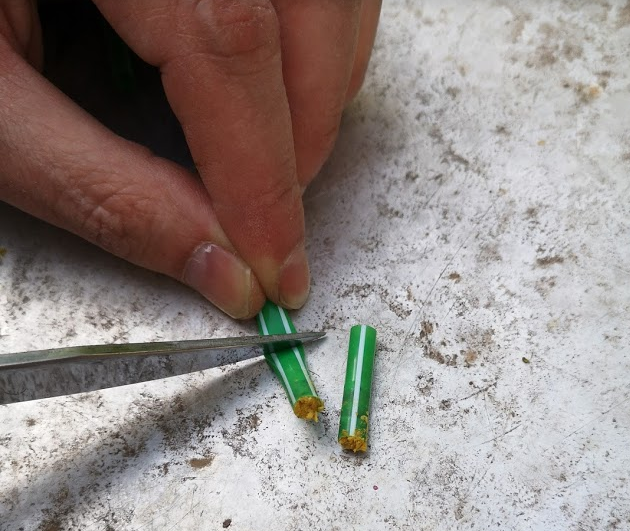
Some blog entries ago we introduced an elegant way of holding the Beehold tubes in colony 3 by inserting 4 holes into a sliding gate. This innovative solution was based on the idea of one of our citizen scientists from Austria. As mentioned in the previous blog posting, bees of colony 1 had or still have issues to get used to the experimental setup but for our citizen scientists this is no reason to throw in the towel. Instead, one of our participants (clever, Roland!) invented a nice, cheap and easy solution to improve the adaption of bees to the new circumstances: firstly, he mounted a landing board to facilitate the traffic of bees; secondly, he installed a mechanism to open and close the pollen trap without disturbing them even if the adapter for Beehold tubes is mounted. Now, that is the magic of citizen science.

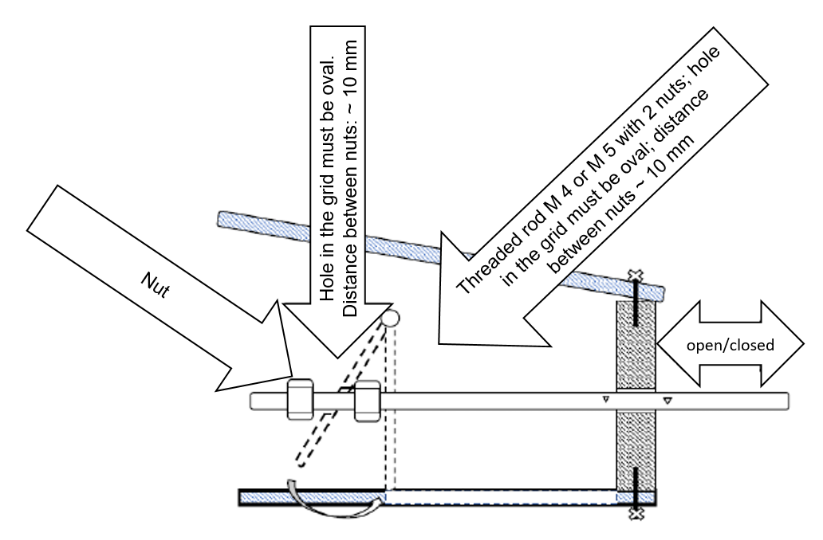
Reminder: in colony 1 all of the four sampling matrixes are tested. Thus, bees not only have to get used to the pollen traps but also to the Beehold tubes and the corresponding adapter. This might be “overwhelming” for some of the colonies and in a consequence, several messages from worried citizen scientists arrived us during the last week. They all reported similar problems, observed in colony 1: bees have issues to find the right path into their colonies and they congregate in front of the hive entrance; bees show increased aggressive behavior; bees use the drone entrance to get into the hive and some of them were also observed to fly into the neighboring colonies.
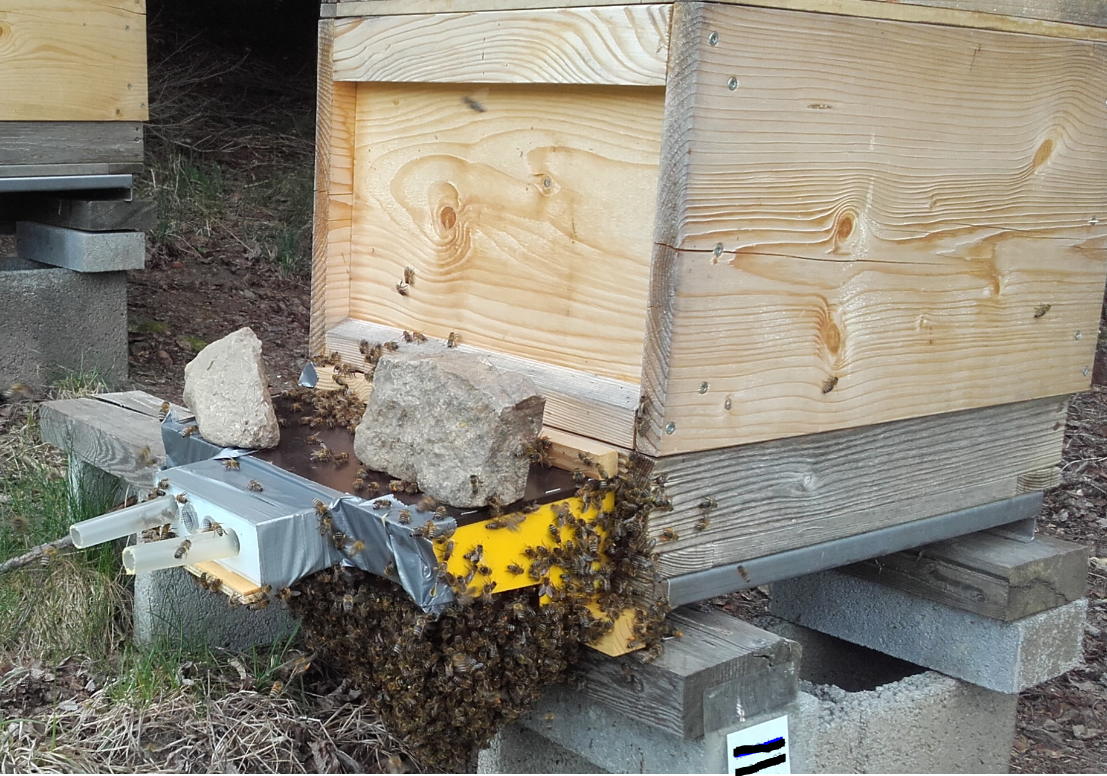
Continue reading “Colony 1 – Bees not finding their way easily”
In 2019, INSIGNIA will sample in 4 countries. In Austria, Denmark, Greece and United Kingdom we have 4 to 5 apiaries with 3 colonies each. Below is a map with the locations that are studied!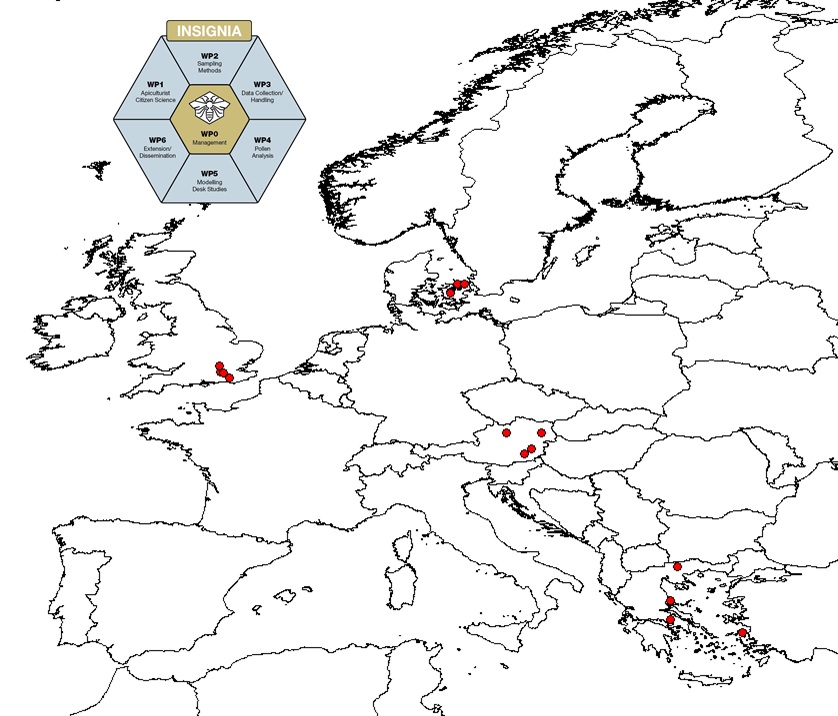
According to the 2019 study setup, colony 1 combines all 4 sampling methods. The combination of the beehold tubes and the pollen trap is not that simple. We have already shown the adapter we build to integrate the tubes.
Now it is needed to apply the adapter to the colony and make it bee-tight, which is tricky, as first of all bees often find an alternative way in and out their colony, and second because bees need to get used to how the hive entrance looks and where they can enter the colony. The way through the beehold tubes and later the pollen trap is not easy…

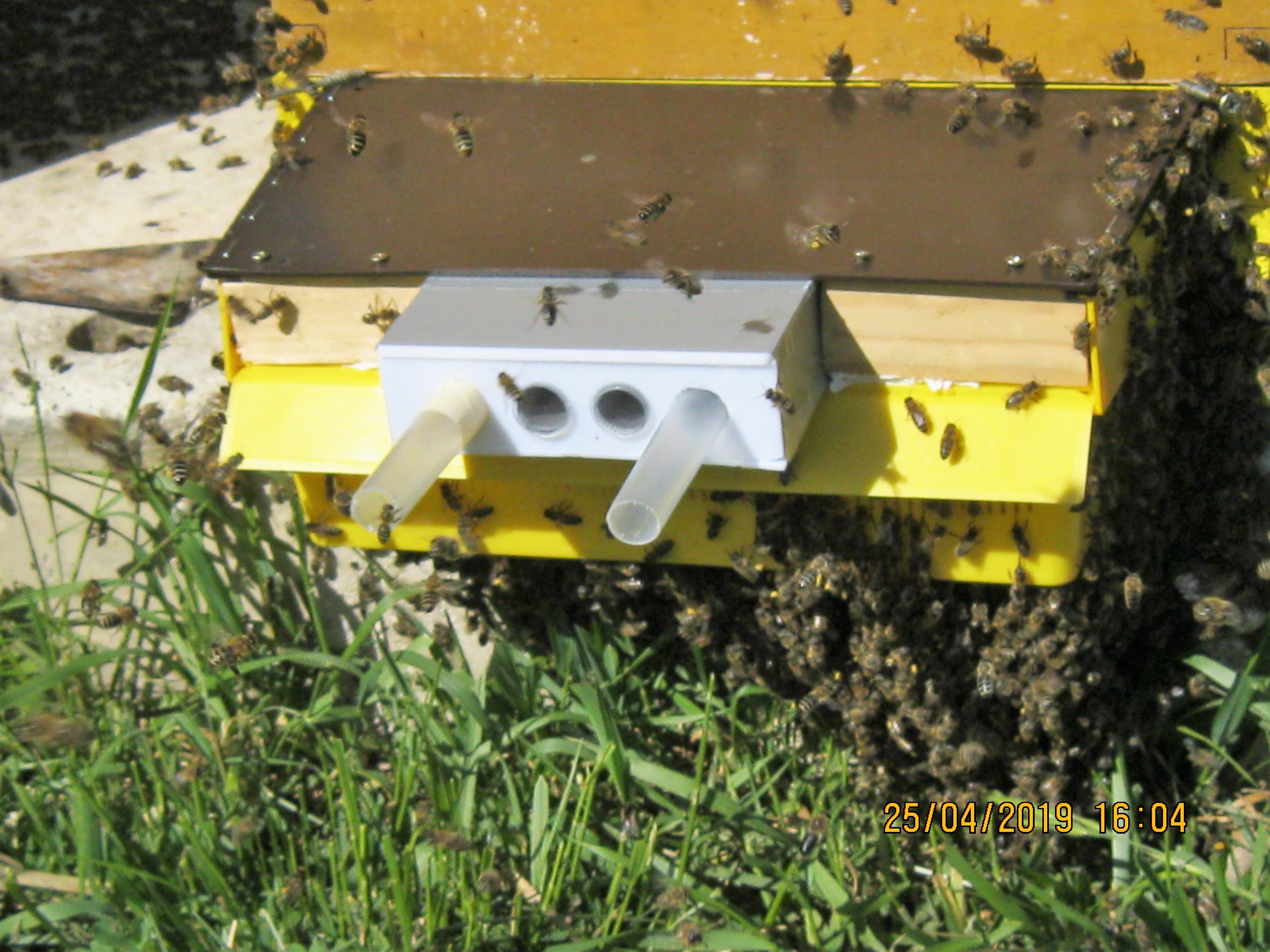
Everything prepared, and ready to collect information from our bees’ environment. Three colonies from Graz, Austria with everything installed according to the 2019 study setup!
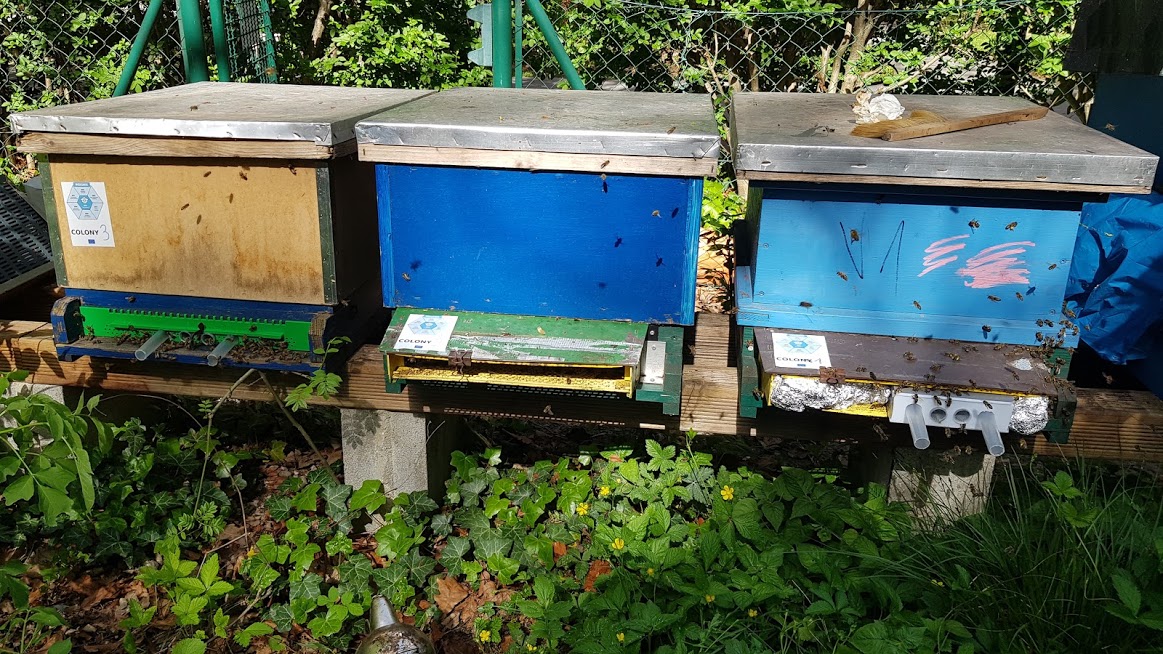
As part of the INSIGNIA project, we are also conducting a sociological portion and the interviews with the Citizen Science beekeepers are underway! We are looking to gain a deeper understanding of the expectations and experiences of the beekeepers in hopes of improving their participation experience in the second year as well as building upon their hands-on knowledge of using the novel sub-sampling devices in order to keep improving them.
We will be interviewing Citizen Science beekeepers in Austria, the United Kingdom, and Denmark throughout April and May, with follow-up interviews in June and July, to see how their experiences and needs change throughout the season. It is a great opportunity for our team to meet, interact and create a space for voicing concerns for the people on the ground that are making this project possible! We would also like to thank all the beekeepers for their hospitality and for taking the time to chat with us!
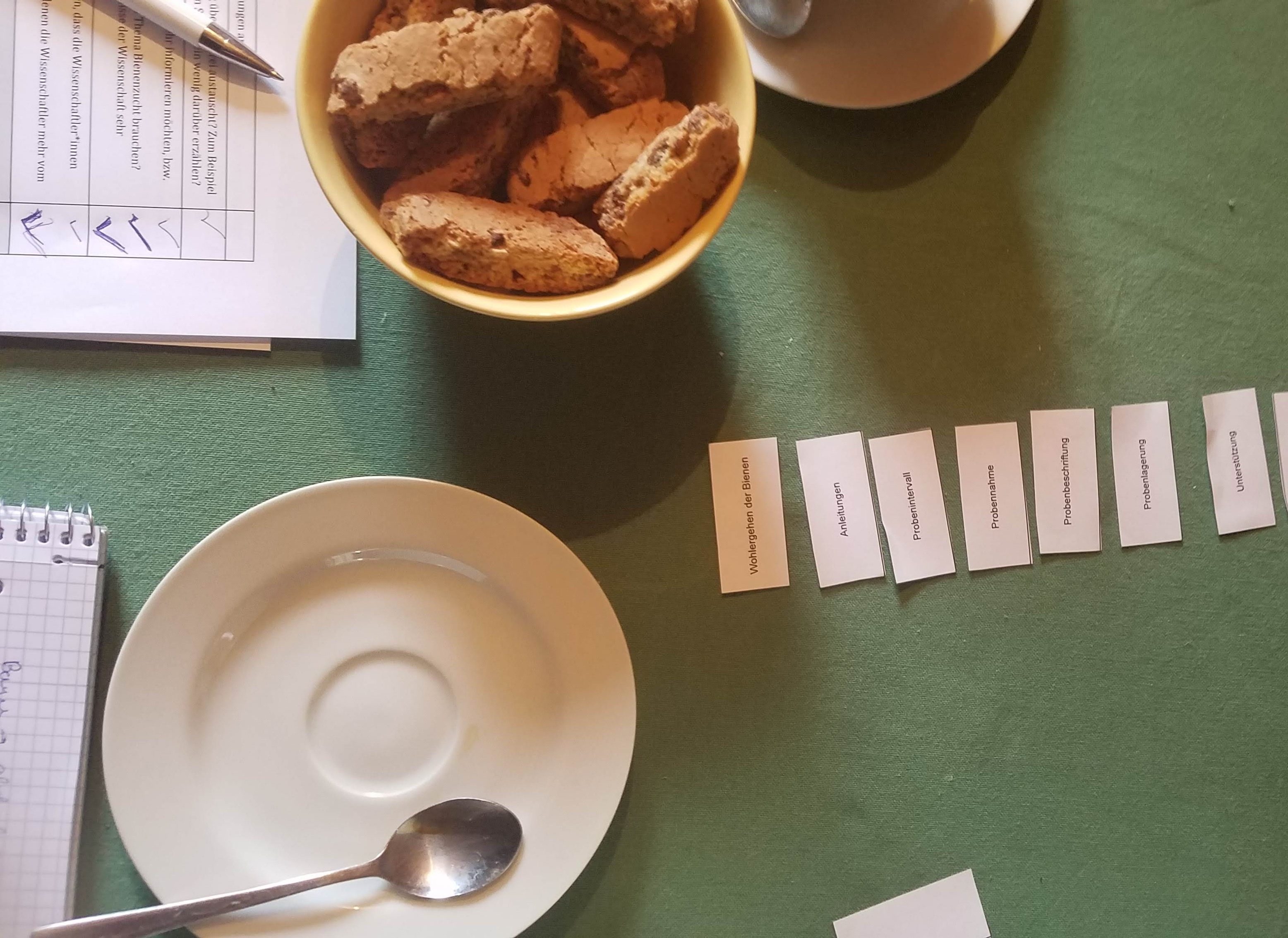
Written by Sarah Rose Bieszczad
Following an idea from an Austrian citizen scientist (thanks Andi!), I went to the workshop in the basement of university today, to modify a sliding gate hive entrance. In INSIGNIA, the third monitoring colony is used for Apistrips, beebread collection and the Beehold tubes. In contrast to colony 1, no pollen trap is installed, and hence no adapter can be placed to hold the tubes at the hive entrance. Therefore I made four holes in the sliding gate, to fit the two Beehold tubes (way in for the bees) and the two dummy tubes (way out for the bees).
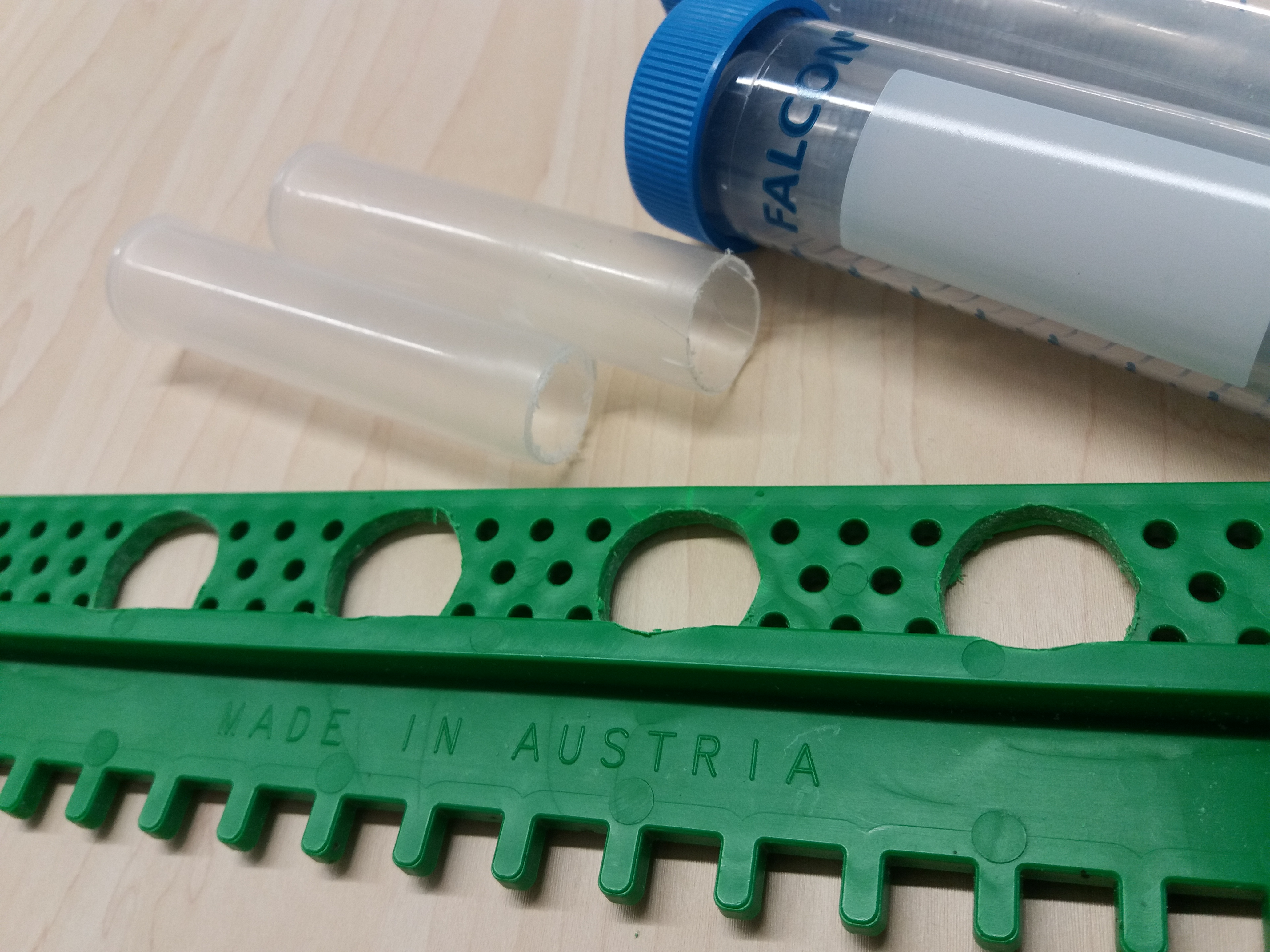
Continue reading “Colony 3 – No pollen trap but Beehold tubes!”
There were some things missing in the first package sent to INSIGNIA participants… Now the ApiStrips are ready. These strips contain TENAX, a substance that is adsorbing substances that bees bring into the hive. The strips are placed in all three test colonies, and remain in those for two weeks. We recommend to place the strips in central beelane (of the lower box). For mounting we recommend a wire (or bent paper clip, as shown in the picture below). Please use unique wires for each ApiStrip. After sampling, wrap ApiStrip in aluminium foil and store in labeled sample bags in the freezer.
